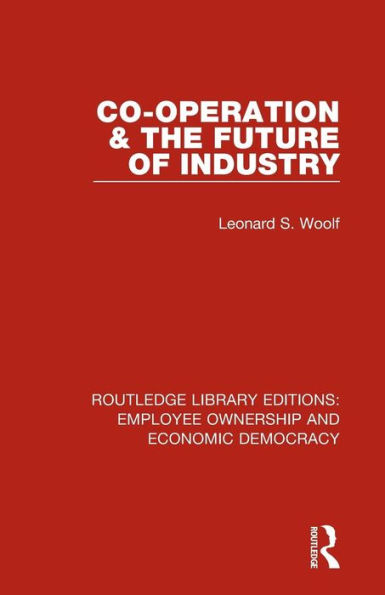Home
International Networks of Banks and Industry / Edition 1



International Networks of Banks and Industry / Edition 1
Current price: $169.99
Loading Inventory...
Size: OS
Research into interlocking directorates and other organizational ties between large corporations dates back to the beginning of the century. In Germany and the United States interlocking directorates became an important means of coordination and control of large corporations and banks at the end of the nineteenth century and were, as a result, particularly subject to scientific investigation and public debate. Trusts were regarded with mistrust, especially in the United States, where John Moody's study from 1904 was significantly entitled The Truth about Trusts. In Germany much attention was paid to the role-or-the large Berlin banks in the economic development. The first large study in Germany carried the prolix title The Relationship between the Large German Banks and Industry with Special Reference to the Iron Industry (Jeidels, 1905). - The studies in the United States were predominantly induced and even carried out by committees of the Federal Congress. In Europe, on the other hand, the labor movement soon became interested in the patterns of interlocking directorates. In the Netherlands, for example, Wibaut, a socialist leader, carried out a study on interlocking directorates, copying the research design of Jeidels. Accordingly, two different schools can be distinguished from the start: the Marxian school which developed the concept of finance capital to explain the existing interlocking directorates, and the institutional economists who used the concept of economic power to explain the same phenomenon.











